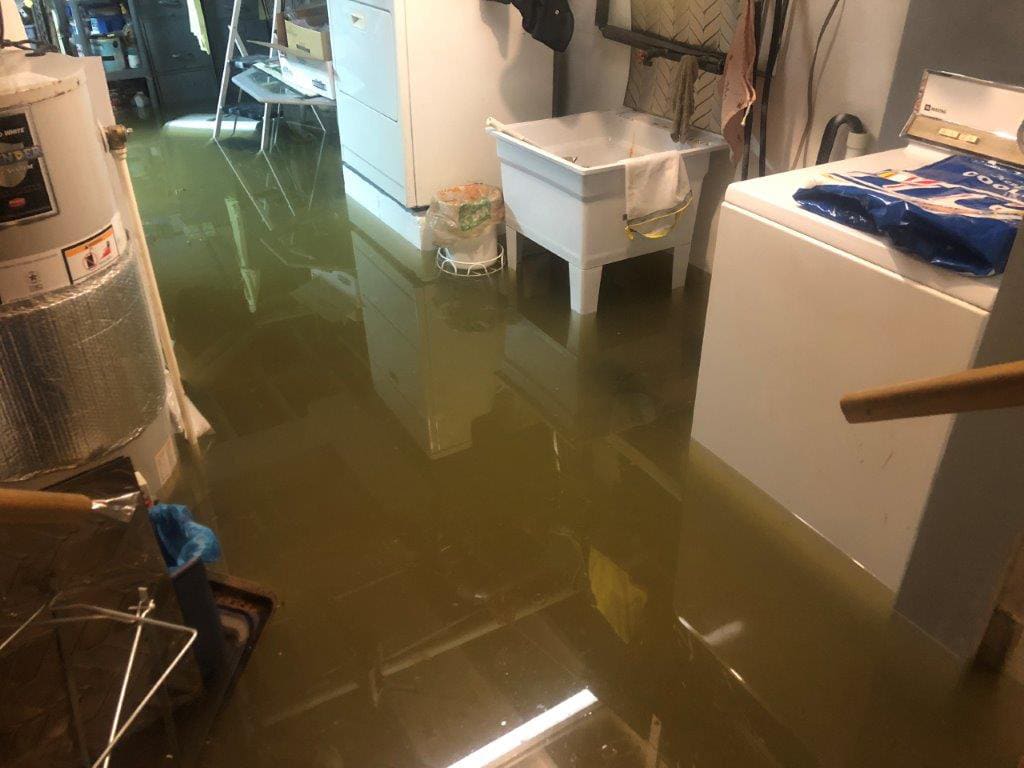Do's & Don'ts of Water Damages.
Do's & Don'ts of Water Damages.
Blog Article
This post down below pertaining to Fire And Water Damage Prevention is pretty much compelling. Read it for yourself and decide what you think about it.

Water offers life, water invasion on parts where it's not expected to be can result in damages. If the water saturates into your structure, it can peel away surface areas and also erode the foundation. Mold and mildew and also mold additionally grow in a damp atmosphere, which can be harmful for your wellness. Residences with water damages odor mildewy and also old.
Water can come from several resources such as tropical cyclones, floods, ruptured pipelines, leakages, and sewer concerns. In case you experience water damage, it would certainly be great to know some safety and security preventative measures. Right here are a few standards on how to manage water damage.
Do Prioritize Residence Insurance Coverage Insurance Coverage
Water damages from flood because of heavy winds is seasonal. You can likewise experience an abrupt flood when a defective pipeline all of a sudden bursts right into your home. It would be best to have residence insurance policy that covers both acts of God such as all-natural calamities, and emergencies like damaged plumbing.
Don't Neglect to Shut Off Energies
This reduces off power to your whole residence, preventing electric shocks when water comes in as it is a conductor. Don't fail to remember to transform off the main water line valve.
Do Keep Proactive and Heed Weather Condition Alerts
Listen to discharge warnings if you live near a creek, lake, or river . Doing so decreases possible residential property damage.
Do Not Overlook the Roof
You can avoid rain damages if there are no openings as well as leaks in your roof. This will certainly protect against water from streaming down your wall surfaces and soaking your ceiling.
Do Focus On Tiny Leakages
A ruptured pipe does not take place overnight. Normally, there are red flags that show you have actually compromised pipes in your house. For instance, you might discover gurgling paint, peeling wallpaper, water touches, water spots, or trickling noises behind the wall surfaces. Eventually, this pipeline will certainly burst. Ideally, you need to not wait for things to rise. Have your plumbing fixed before it leads to substantial damages.
Don't Panic in Case of a Burst Pipe
When it comes to water damage, timing is essential. Thus, if a pipe bursts in your residence, quickly closed off your primary water valve to cut off the resource. Call a trustworthy water damage reconstruction professional for help.
Water gives life, water intrusion on components where it's not expected to be can result in damages. Houses with water damage scent stuffy as well as old.
Water damages from flood charges to hefty winds is seasonal. You may observe bubbling paint, peeling wallpaper, water streaks, water discolorations, or leaking sounds behind the walls. When it comes to water damages, timing is essential.
Water Damage Do and Don'ts
Water damage at your home or commercial property is a serious problem. You will need assistance from a professional plumber and a water damage restoration agency to get things back in order. While you are waiting for help to arrive, however, there are some things you should do to make the situation better. Likewise, there are things you absolutely shoud not do because they will only make things worse.
DO these things to improve your situation
Get some ventilation going. Open up your doors, your windows, your cabinets – everything. Don’t let anything remain closed. Your aim here is to expose as much surface area to air as possible in order to quicken the drying out process. Use fans if you have them, but only if they’re plugged into a part of the house that’s not currently underwater.
Remove as much standing water as you can. Do this by using mops, sponges and clean white towels. However, it’s important that you don’t push or wipe the water. Simply use blotting motions to soak it up. Wiping or pushing could result in the water getting pushed deeper into your home or carpeting and increasing your problem.
Turn off the power to the soaked areas. You will want to remove the danger of electrocution from the water-logged area to do some cleaning and to help the plumber and the restoration agents do their work.
Move any furniture and belongings from the affected room to a safe and dry area. Taking your possessions to a dry place will make it easier to decide which need restoring and repair. It will also prevent your belongings from being exposed to further moisture.
DON’T do any of these things for any reason
Don’t use your vacuum cleaner to suck up the water. This will not only get you electrocuted, but will also severely damage your vacuum cleaner. Use manual means of water removal, like with mops and pails.
Don’t use newspaper to soak up the water. The ink they use for newsprint runs and transfers very easily, which could then stain carpet and tile with hard-to-remove stains.
Don’t disturb mold. This is especially true if you spot a severe growth. Leave the mold remediation efforts to the professionals. Attempting to clean it yourself could mean exposing yourself to the harmful health effects of mold. Worse, you could inadvertently spread it to other areas of the house.
Don’t turn on your HVAC system until given approval from the restoration agency. Turning your HVAC system on before everything has been cleaned could spread moisture and mold all over the house.
https://www.dreyersdki.com/about-us/blog/water-damage-do-and-donts

We were made aware of that write-up on Ways to Reduce The Risk Of Fire And Water Damage through a friend on a different web blog. Are you aware of another individual who is truly interested in the subject? Take a moment to share it. Thank-you for taking the time to read it.
Report this page